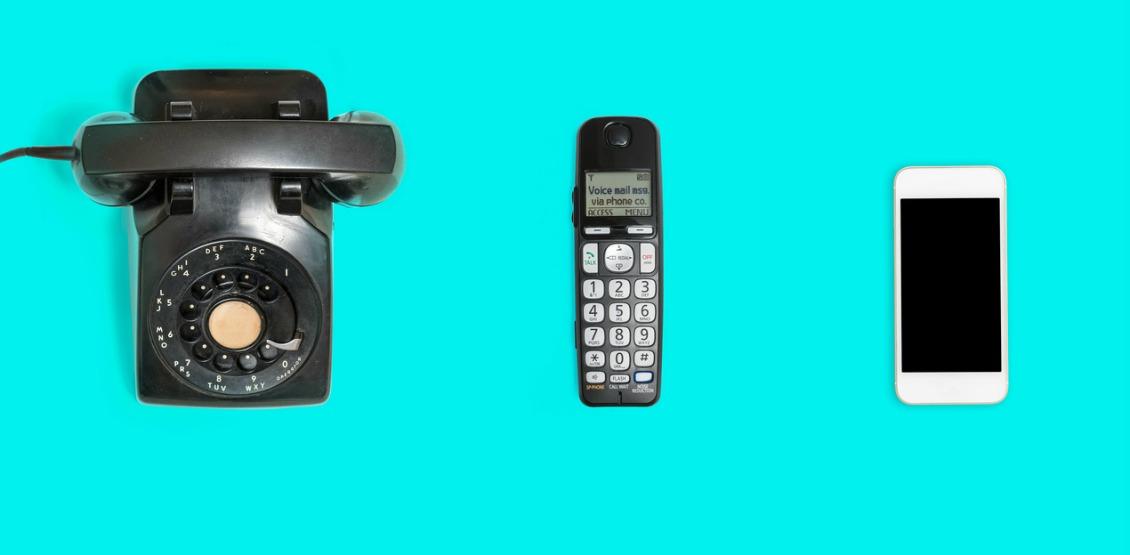Since 2001, Service Objects has been building and providing data validation services for mid to enterprise level businesses. One of our first data quality products focused on phone numbers and the services we could supply around them, including validation, look-up and reverse look-up services. Over these 17 years, our data quality products have evolved considerably. Whether this is in response to changes in technology, legislation, internal desire and (especially) customer needs, our products are much better for it.
We thought it would be fun to take a quick walk down memory lane and see where we started and ultimately how these services have evolved.
Early years…
We got our start with compiled phone data sets. These lists were compiled by buying and aggregating lists of phone data from third parties. These data sets allowed us to translate phone numbers into exchange info, and return information on the provider and consumer, including; provider or contact name, city, state, zip, and line type. Obviously, this aggregated list data worked but we found that the data quickly degraded and grew stale.
Once we saw the issues with this static, compiled list approach, we moved into scraping various sites and aggregating fresher data. The scraping helped to supplement the ever-aging compiled data sets. This newer approach provided fresher phone data than straight compiled data but was still prone to errors.
The Landline era…
Having had success early on, we were able to invest in relationships with Telecoms and companies that work with Telecoms. This provided us with accurate and up-to-date information surrounding landlines. At this point, landline data was common and most businesses were guaranteed to be listed using landlines. On top of that, a large portion of the residences still owned landlines. Having data for the two markets allowed us to cover a large majority of the Telecom space. With only landlines to consider, it was simpler to provide a solid landline only service, which we called Geophone.
The move to mobile and VOIP…
With the wide-spread adoption of cell phones, there has been (and continues today) a significant shift away from landlines for residences to cell phones. The same came be seen with businesses and their adoption of voice-over-IP (VOIP). In both cases, data for these has been more challenging to attain. Early on, mobile device information was very hard to come by and we were required to take a step back data-quality-wise to precompiled sources for some of the alternative phone types. It was a challenging time for us to provide the most accurate and update contacts around these types of phone numbers. We did our best and with the addition of these new phone types and our Geophone Plus service(GPPL) was born, built as an extension of the functionality of the original Geophone web service.
Ported numbers…
More recently, porting has also become more common. Porting telephone numbers simply means maintaining your number across carriers and line types. Mobile carrier to mobile carrier is common but in some cases, even landline to wireless carriers. During this era, the Telephone Consumer Protection Act (TCPA) was initialized. The threat of harsh TCPA penalties for calling mobile numbers created the need to know, with confidence, who companies were calling and on what phone type. From this need, our Geophone Plus 2 (GPPL2) was born. The data, like carrier info, phone type, subscriber name and ported date made the service highly desirable. Not only for companies looking to adhere to the TCPA regulations but also for business looking to gain competitive advantages in their respective industries.
New challenges…
As technologies progressed, new forms of phone types emerged. Identifying Google numbers, Skype numbers and other portable VOIP providers became more important. These new technologies brought along with them new potential for fraud. Users could easily sign up for VOIP numbers and use them maliciously or fraudulently and then abandon them. In addition, the identification of fax numbers, robo-callers and prepaid phones have become more important. To address this growing need, we upgraded our Phone Exchange product to Phone Exchange 2 (PE2). It was built upon the existing functionality of our Phone Exchange service and extends the service’s capabilities to address these new Telecom technologies, as well as detecting and validating international numbers
Going forward…
Every day, we strive to add new data sources to enhance our phone and contact data sets and help identify other potential fraud sources. Our commitment is to keep providing these excellent services and features while accurately appending new data points that link names and addresses to their phone numbers. Some of the extended features are currently being worked into the Geophone Plus 3 web service that we will be launching in early spring. This includes features such as demographics information about locations and people, emails, and business information.
In addition, we will continue to respond to our customers’ needs, advances in phone technology and new legislation as it comes down (like the EU’s upcoming GDPR legislation) to help further improve our products.













